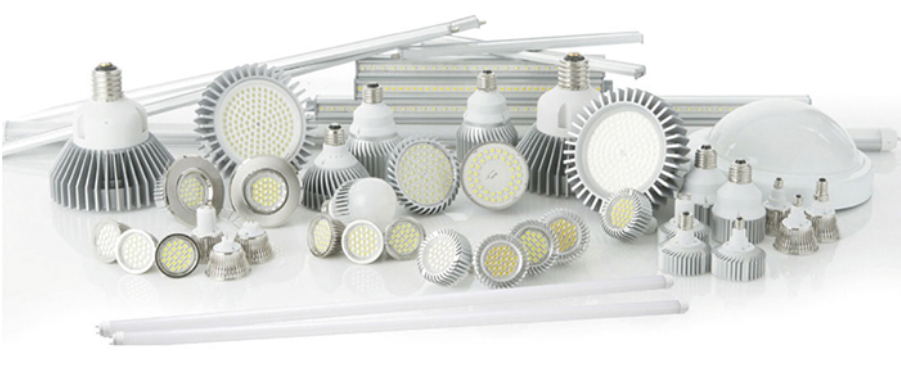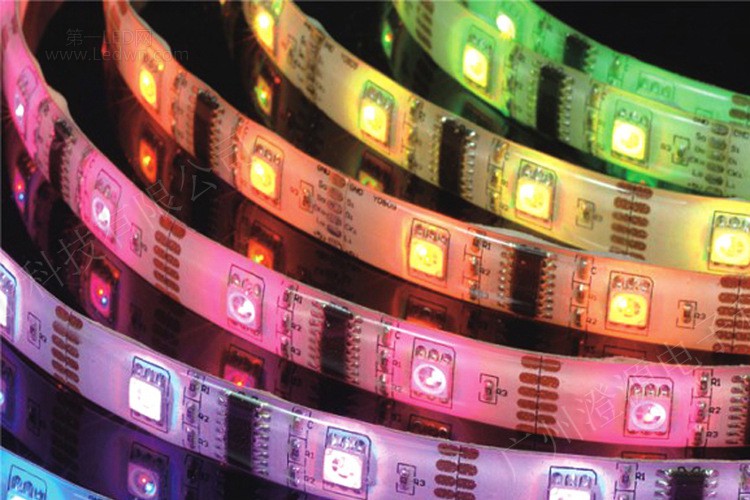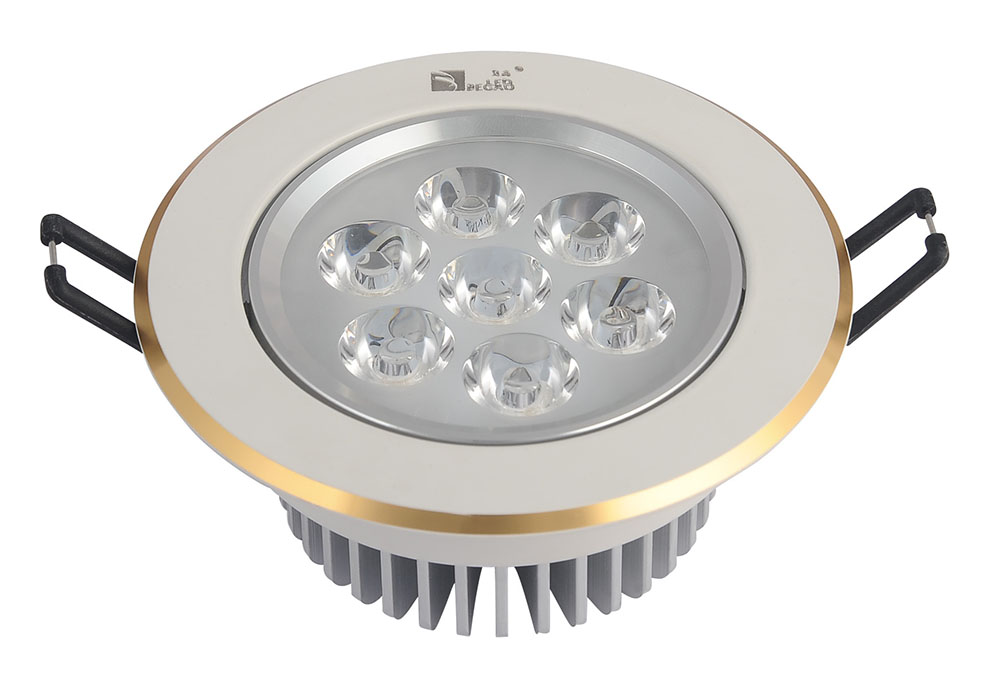Intel wants to lead the Internet of Things
Around the theme of "Internet + Intel", Intel recently held the "Intelligent IoT Experience Sharing Session" to explain the development strategy of Intel's China Internet of Things business to the outside world, and released a number of smart retail products developed by industry partners based on Intel platform. , intelligent security, intelligent transportation and smart energy solutions. This old-fashioned hardware overlord, who is slightly lonely in the era of mobile Internet, obviously wants to regain the leading position of the next era with the innovation of the Internet of Things.
The reason why the Internet of Things is a new way, Intel's basis lies in good expectations for the future. As the consumer Internet market gradually stabilizes, the Internet of Things, cloud computing and big data technology are maturing, Internet+ is infiltrating into the secondary industry, and the society will fully enter the era of “industry Internetâ€. Different from the "eyeball economy" of the consumer Internet, the business model of the industrial Internet is based on the "value economy", that is, through the integration of traditional enterprises and the Internet, seeking a new management and service model to provide consumers with a better service experience. To create a higher value industrial form that is not limited to traffic.
And this is precisely the ability of Intel to integrate existing resources and advantages.
With nearly 40 years of technology and experience in the embedded and IoT space, Intel is committed to helping system developers and service providers quickly and smoothly develop and deliver IoT solutions by providing a set of basic building blocks. Leverage its strengths and strengths in next-generation information technology such as the Internet of Things, cloud computing and big data, and provide industry partners with software and hardware integration solutions from front-end devices to smart gateways to the cloud to accelerate IoT applications. Landing and deployment. Today, the "Internet +" action plan is deeply practiced. Intel is also innovating in the industry and deepening into the important vertical markets of the national economy and the people's livelihood, such as retail, security, transportation and energy, helping to realize the deep integration of the Internet + traditional industries.
In the face of fierce market competition, Intel is confident that it has a strong core competitiveness: first, the top manufacturing capabilities. Second, decades of accumulation based on x86 architecture chip design. Third, a strong software capability and talent pool around chip technology.
Chen Wei, general manager of the Intel IoT Business Unit in China, said that there are many directions for the Internet of Things. Some companies start from the server side, and finally the Internet of Things is reflected in valuable services. Intel is starting from the core and from the hardware. In terms of Intel chip technology, Intel has a market share of more than 90% in the data center field. Intel's core product division is the customer computing terminal business unit, which is close to 70% of the total, including PCs, tablets, mobile phones, mobile devices, wearables and the Internet of Things.
For the future development of the Internet of Things, Intel believes that the application of many physical networks will continue to fall in the next 10 or 20 years, because the cost of each link of the Internet of Things is rapidly declining. Intel's push for computing costs has dropped 60 times in the past 10 years. There are also bandwidth costs, sensor costs are also falling, and now high-end in-vehicle systems are completely high-end chips. The decline in various costs has made today's Internet of Things possible.
Chen Wei said that in the process of upgrading the traditional industrial upgrading, it provides support for various basic materials including computing, network, communication, storage, etc., while ensuring the safety and reliability of connecting bridges. Intel looks forward to working with more local partners to create a true revolution in the “Internet Plus†era of the Smart IoT ecosystem.The most comprehensive introduction of LED PCB
The relationship between LED and PCB
The Printed Circuit Board is a genius innovation of circuit technology, laying less space and materials for more complex and large-scale circuits. The printed circuit board is such an important invention in circuit technology because it makes electrical and electronic components smaller, more flexible and more precise. For example, FPC( Flexible PCB ), Multilayer PCB , BGA PCB , rigid- Flex PCB and so on.

Soldering the LED chip to the PCB Board , as long as the PCB circuit is connected in some way, it will illuminate, which forms the LED PCB. LED PCBs typically also have a heat sink and ceramic pedestal to hold the circuit in place and allow the smooth operation of the circuit. A heat sink is required because LEDs tend to generate a lot of heat, which can damage the PCB and the equipment that connects the circuits.
Because LED will produce a lot of heat, led PCB generally uses metal substrate as its production material. Metals with the ability to dissipate heat quickly have proved to be a better choice. Generally, whenever led PCB is designed, Aluminum PCB is preferred. Aluminum PCB usually also contains a thin layer of dielectric, which can dissipate heat faster.
In addition to general lighting, led PCB can also provide visible light, infrared and ultraviolet light. Compared with other light sources, LED PCB can provide higher energy.
We are a professional LED PCB manufacturer and assembler in China, In this article, we would like to introduce in detail what is LED PCB, the materials used in manufacturing and LED Circuit Boards manufacturing, the application of LED Printed Circuit Boards and so on.
In China, there are many PCB manufacturers and suppliers. Jinghongyi PCB is one of the LED PCB Board manufacturers. We only provide LED PCB fabrication services. LED PCB design is not our specialty and business scope.
LED PCB board Introduction
LED PCB has many other names, such as LED PCB board, LED circuit, LED circuit board, led printed circuit boards, PCB board for LED.
In a sense, LED PCB and aluminum PCB belong to the same kind of PCB products, because their uses and materials are mostly the same.
With the popularization and widespread use of industrial lighting and civil lighting, whether outdoor or indoor, family or commercial buildings and factories, lighting provides the guarantee of its normal operation.
Of course, nowadays, with the development of human society, environmental pollution has become a difficult problem in the world. In order to reduce the consumption of coal, such as coal used for power generation in thermal power plants, coal combustion pollutes the atmosphere very seriously. In order to save energy and protect the environment, LED lights and previous lighting methods have great advantages, except for energy. Besides providing brighter lights, it also contributes to environmental protection.
LED PCB Meaning
LED circuit board is a kind of printed circuit board.

LED PCB Board Manufactureing
Both LED aluminium PCB and FR-4 fiberglass circuit board belong to PCB. To say differently, only compare LED aluminium substrate with FR-4 fiberglass circuit board.
LED aluminium substrate is printed on the surface of aluminium material with better thermal conductivity, and then weld electronic components on it.
In electronics, an LED circuit or LED driver is an electrical circuit used to power a light-emitting diode (LED). The circuit must provide sufficient current to light the LED at the required brightness, but must limit the current to prevent damaging the LED.

The voltage drop across an LED is approximately constant over a wide range of operating current; therefore, a small increase in applied voltage greatly increases the current.
Very simple circuits are used for low-power indicator LEDs. More complex, current source circuits are required when driving high-power LEDs for illumination to achieve correct current regulation.
An LED PCB board tends to generate a high volume of heat, making it difficult to cool via traditional means.
LED PCB Board Material - LED PCB raw material, LED bulb PCB raw material, LED strip PCB material
Metal core PCBs are often chosen for LED applications because they have enhanced heat dissipation capabilities. In particular, aluminium is usually used to make circuit boards for LED lamps. Aluminum substrates usually consist of thin layers of thermal conductive dielectrics that can be transported and have much more efficient heat dissipation than conventional rigid PCBs.
Compared with other electronic components, LED generates more heat, which requires PCB to heat very well. For this special feature, Metal Core PCB is often used in LED circuit boards, especially Aluminum Core PCB .
The following is the heat dissipation capacity of PCB plates of different materials, from weak to strong
1. FR4, common PCB board material;
2. Alumina substrate;
3. There is no doubt that the thermal conductivity of ceramic PCB is the best among many materials;
4. The thermal conductivity of alumina ceramic circuit board can be about ten times that of the aluminum substrate;
5. The thermal conductivity of Slyton aluminum nitride ceramic circuit board is ten times higher than that of alumina;
In this kind of ultra-high thermal conductivity, LED light attenuation will be greatly weakened, and its service life will be greatly increased.
LED Lighting PCB Assembly
Seeking LED PCB and Assembly? LED PCB Manufacturing and assembly; Led board made based on your PCB files. Turn-key services; 100% inspection.

Applications of LED PCB
PCB LED lights can be incorporated into numerous lighting applications due to their combination of excellent energy efficiency, low cost and maximum design flexibility.
- Automotive headlights
- Airport runway landing lights
- Lighting used in military field
- Street lighting
- Highway tunnel lighting
- Photovoltaic (solar) lighting
- Flashlights and lanterns
- Traffic and signal lighting
- Lighting in hospital operating rooms
- High growth plant lighting
- Highway tunnel lighting
- Solar power products

If you have any questions about LED PCB Board, Please feel free to send us email. If you have final Gerber for production, welcome your inquiry.
Additional Information
Aluminum PCB for LED Light/Lamp/Tube
Aluminum PCB for LED
Aluminium Base LED PCB
LED Metal Core PCB
Metal Core PCB for LED
PCB industry cut into LED PCB heat sink aluminum substrate
Double Sided Aluminum PCB
LED PCB
LED PCB,LED Circuit Board,LED PCB Board,LED Printed Circuit Board
JingHongYi PCB (HK) Co., Limited , https://www.pcbjhy.com